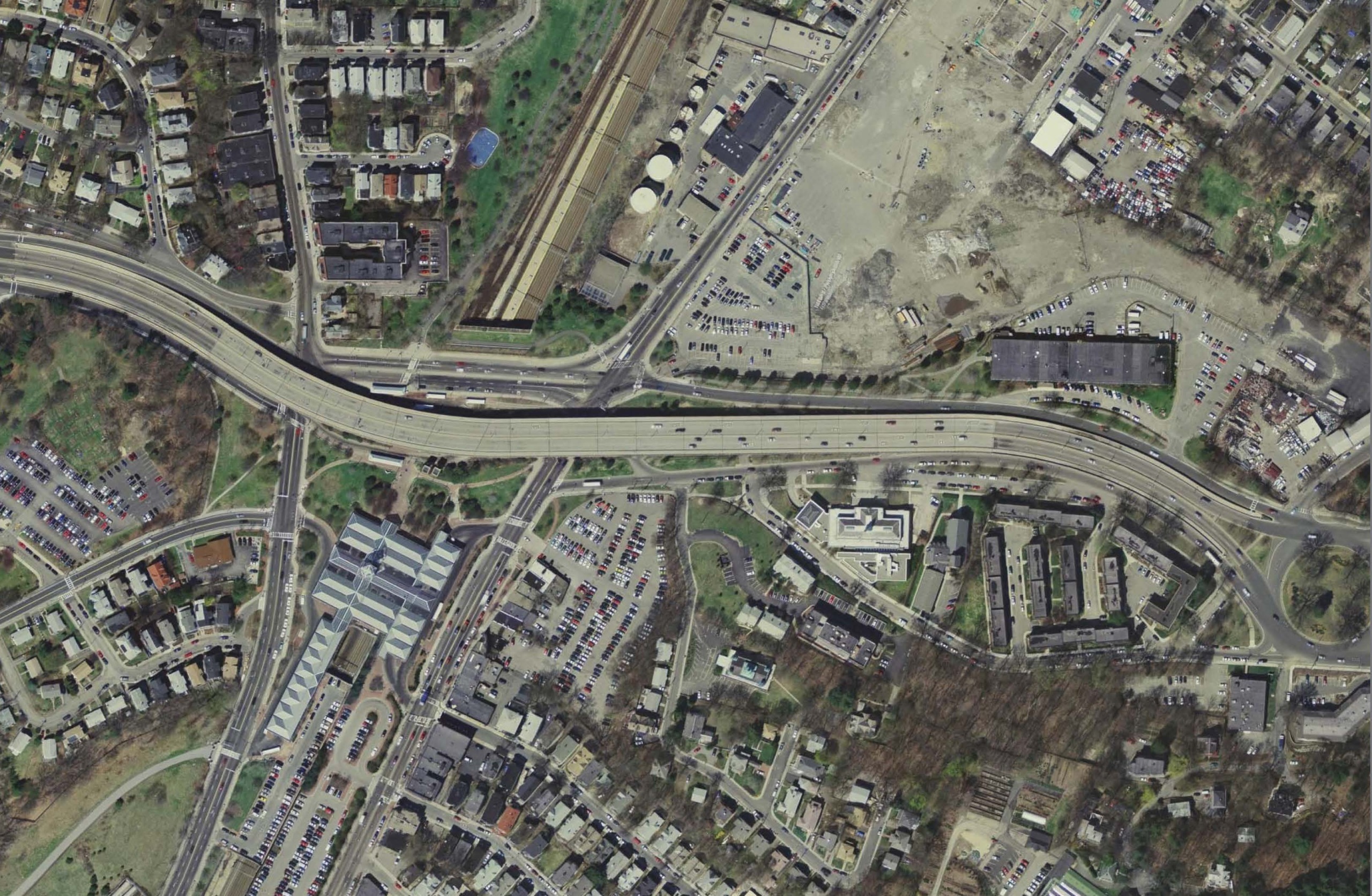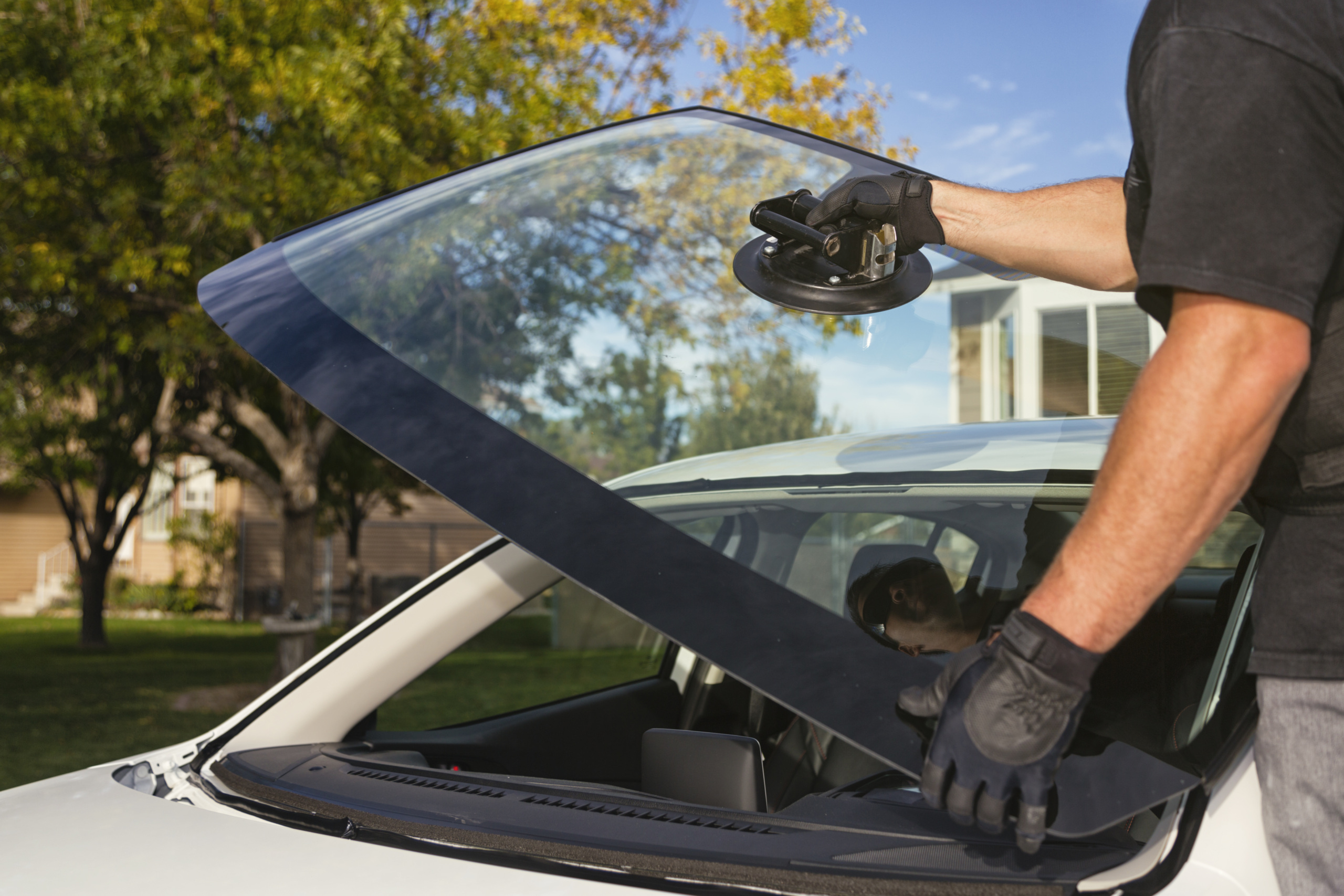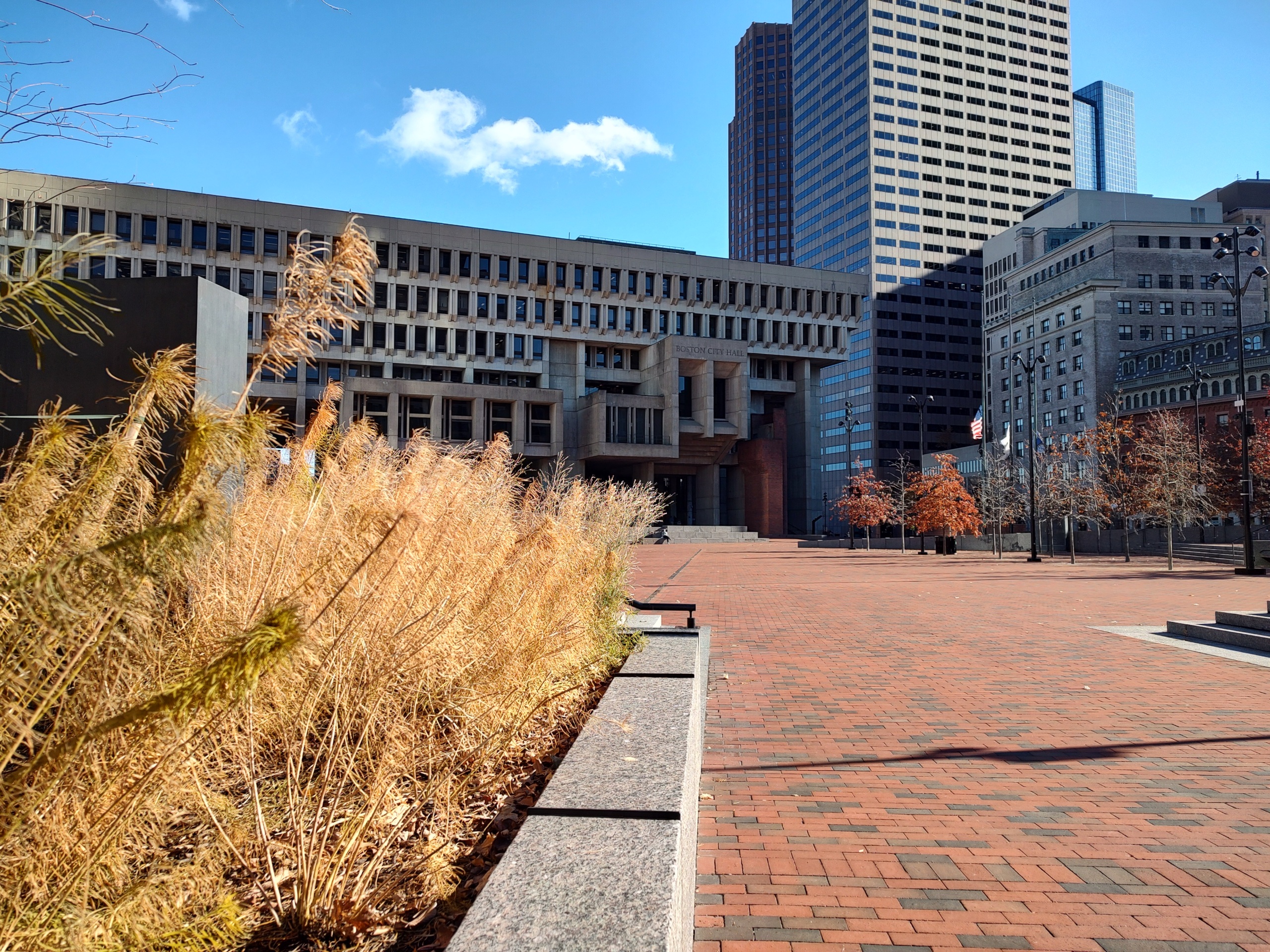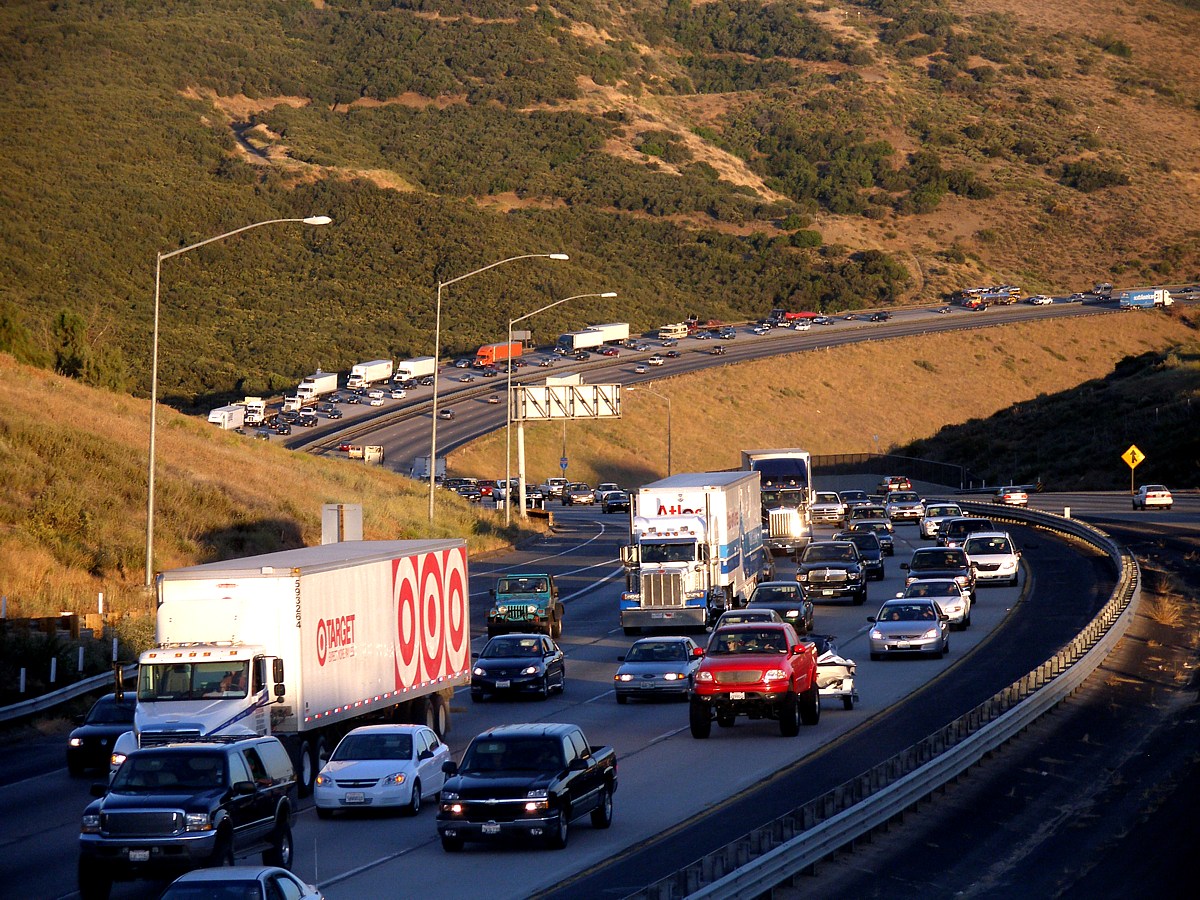
The opposite of just: Subsidized driving and the burden of climate change
How, in the middle of a climate crisis, does it make sense to make driving artificially cheap by refusing to charge drivers the full cost it imposes on society? And how can subsidizing driving be considered “just” when it threatens the futures not only of people with far fewer resources around the world, but also future generations, who don’t have a say in the matter at all?
To a resident of Bangladesh or Haiti or other largely poor countries ravaged by climate change, the recent debate over charging Americans an extra penny or two for every mile they drive must have seemed strange.
The debate was kicked off earlier this spring when Secretary of Transportation Pete Buttigieg floated a per-mile tax on vehicle travel as a mechanism for paying for transportation infrastructure. Some on the left criticized the idea as damaging to Americans living in places where driving is a necessary fact of life.
Charts showing the progressivity or regressivity of the gas tax flew around the internet like errant throws at a child’s tee-ball game. Yet very few asked what seemed to me to be the obvious questions: How, in the middle of a climate crisis, does it make sense to make driving artificially cheap by refusing to charge drivers the full cost it imposes on society? And how can subsidizing driving be considered “just” when it threatens the futures not only of people with far fewer resources around the world, but also future generations, who don’t have a say in the matter at all?
It’s important to ask these questions now, because President Joe Biden recently committed the country to reducing greenhouse gas emissions to between 50% and 52% below 2005 levels by 2030. That goal is necessary, and will be extraordinarily challenging to meet.
If we are going to take policy tools off the table that can help to achieve that goal – and we know that pricing carbon-intensive activities, especially when we reinvest the revenues in cleaner alternatives, can be an effective tool to cut emissions – the reasons should be sound. So, let’s take a wider, deeper look at the justice of subsidizing driving.
Burning the world’s carbon budget in our gas tanks …
First, though, let’s step back and establish some perspective. Transportation is the leading source of global warming pollution in the United States, responsible for 29% of our annual emissions. And, at least until the pandemic hit, transportation emissions were trending upwards.
This is a big problem because we are running out of time to address climate change. The earth’s remaining “carbon budget” – the amount of carbon dioxide we can release into the atmosphere without triggering warming of 1.5 degrees Celsius beyond pre-industrial levels – is rapidly running out. A recent study by the Rocky Mountain Institute (RMI) estimated that the United States has a remaining carbon budget of 57 billion metric tons of carbon dioxide equivalent. At current U.S. emission rates, we will run through that budget in about 10 years. To stay within it, we need to hit the new U.S. target of cutting emissions by 50% to 52% below 2005 levels by 2030, which roughly translates, in RMI’s accounting, to cutting transportation sector emissions by 45%.
There is no way to achieve this degree of emission reductions in nine years without reductions in demand for fossil fuel-powered travel, a far more aggressive technological transition than has been contemplated to date, or both. Absent an aggressive program to take existing fossil fuel vehicles off the roads, roughly half of the vehicles likely to be traveling the roads in 2030 have already been sold (based on vehicle age data from the National Household Travel Survey). Even if we banned new fossil fuel-powered vehicles tomorrow, existing ones would likely consume a significant share of transportation’s remaining carbon budget in 2030, unless we also reduce the number of miles we travel.
… yet America heavily subsidizes driving.
Not only does the United States not have a serious plan in place to moderate growth in vehicle travel, but we are adding fuel to the fire by subsidizing Americans for every mile they drive.
Americans often believe that the money they pay in gas taxes, registration fees and other car-related fees is sufficient to cover the cost of the roads they use. It isn’t. The federal gas tax, which was intended to cover the federal contribution to road construction, has not been increased since 1993, losing approximately 45% of its purchasing power since then. State gas taxes have also similarly failed to keep up with inflation. As a result, lawmakers have increasingly fed transportation budgets with funds generated from people across society without relation to how much or how often they drive.
At the same time, driving imposes immense societal costs – air pollution, noise pollution, water pollution, ad infinitum – that are also borne by people across society without regard to the amount they drive. (Or, in some cases, in inverse proportion to how much they drive.) As we described in our recent report, Transform Transportation, the public health impacts of our car-dependent transportation system are on the order of tens of thousands of lives cut short and hundreds of billions of dollars of economic costs incurred, every year.
One way in which many countries assure that those who drive bear their share of the costs they impose is by taxing gasoline at something approaching its true societal cost. According to a recent analysis by the right-leaning Tax Foundation, the average gas tax among the developed countries that are members of the Organization for Economic Cooperation and Development (OECD) is $2.69/gallon. The average gas tax in the United States: 56 cents/gallon.
That’s right, drivers in our peer countries around the world pay nearly *five times* as much in taxes on gasoline as Americans do.
Taxes on gasoline, VMT or carbon ensure that the costs imposed by every mile of driving are experienced by individuals as they make decisions about where to live, what car to buy, and whether to drive or walk to the corner store. They remind us of the impacts created by our decision to drive, and encourage us to make better choices when and where we can. The evidence is strong that higher gasoline prices affect day-to-day decision-making – leading people to purchase more fuel-efficient vehicles and accelerate the scrapping of gas-guzzlers. Indeed, recent research suggests that higher gas prices during a person’s formative years can even lead to long-term changes in travel behavior that reduce driving decades in the future.
Taxing driving in rough proportion to its true societal cost, in other words, can be a powerful tool to reduce the environmental and public health impacts of transportation on all of us across society, including low-income communities disproportionately harmed by air pollution and susceptible to the impacts of climate change. Subsidizing driving, on the other hand, undercuts those efforts.
Who bears the costs?
The counterargument to all this is that taxes on driving – like taxes on most forms of consumption – are regressive. And it is true that lower-income households spend, on average, a greater share of their income on items like gasoline than higher-income households.
But the debate about regressivity of gas taxes misses something important: People are already paying for the costs of driving that are not currently absorbed by drivers. Who is bearing those costs right now?
In terms of covering the financial costs of building and maintaining highways, it’s a mix of relatively progressive sources of revenue (e.g., the federal income tax), regressive ones (e.g., sales taxes), and sources whose progressivity is either hotly debated (property taxes), or varies by state or locality (state and local general fund revenue). The non-financial costs, however – the emergency room visits and climate vulnerability – are certainly disproportionately borne by those with fewer resources.
But to get a full view, we need to examine the distribution of costs not only across income classes, but also within them. While some low-income people are saddled with long commutes from affordable outlying exurbs to jobs in or near central cities, many others don’t own a car at all. Indeed, vehicle ownership and use varies steeply across income categories, with low-income people less likely to own a car or drive long distances. Driving subsidies don’t flow to all low-income households, but rather to those households that drive a lot, regardless of income. To the extent that subsidies to one group of high-VMT households result in increased taxes, reduced government services, or increased health impacts borne by low-VMT households – which also happen to disproportionately be low-income households – the justice of such an approach is deeply questionable.
Moreover, spreading the costs of driving across society without regard to how much people drive is a poor way of rewarding those who deliberately make low-carbon transportation choices – the kinds of behavior changes that will be necessary if we hope to meet our climate action goals for 2030 and beyond. A person of any income level who chooses to take transit, or ride a bike, or hold off on a long discretionary trip, or carpool with others should benefit from that decision. Failing to assign the full costs imposed by driving to those who drive fundamentally lessens the incentive to make decisions that reduce those immense societal costs in the first place.
Lastly, no assessment of the justice of an approach to subsidizing carbon-intensive behaviors can leave out the impacts on those living elsewhere in the world – or on future generations.
Last fall, Oxfam published an analysis finding that the richest 10% of the world’s population was responsible for more than half the greenhouse gas emissions added to the atmosphere between 1990 and 2015. The poorest 50% of the world’s population accounted for only 7% of emissions.
Who is in that top 10%? According to this calculator from the Washington Post, if you live in a three-person household and make $59,000 a year (roughly the median U.S. household income) you are in the 91st percentile of income globally. A three-person U.S. household making $21,960 – the current poverty line – is at the 73rd percentile of income globally.
The point of bringing this up is not to argue that America’s poor have it easy. Rather, it is to note that America’s decision to implicitly subsidize driving creates harms experienced by people around the world whose contribution to the problem is virtually non-existent and whose capacity to deal with its impacts is far, far less than our own. If we want to have a conversation about justice, we cannot leave them – or the future generations whose options we constrain with every gallon of gas we burn – out of the equation.
Taking responsibility
Providing access to essential mobility for everyone, regardless of income, is a worthwhile goal, and there are numerous policy options for how to support that goal without issuing blanket subsidies to everyone who drives. The United States has a long history of targeted subsidies for the heating needs of low-income households, for example. And there are numerous ways to expand access to low-carbon mobility for a broader share of Americans of every income level.
But let’s be clear that the current system – which spreads the immense costs of driving across society without relation to one’s contribution to the problem and actively encourages and subsidizes behaviors that put the health and welfare of all of us at risk – is not just. That is especially true when we widen our lens to consider the impacts that subsidizing Americans’ driving imposes on people in other parts of the world whose contribution to the problem is far less than our own, and to the future generations who will bear the brunt of our decisions.
Cutting U.S. greenhouse gas emissions in half by 2030 is going to take many heroic efforts. Asking Americans of all income groups to pay a little more to absorb the costs that driving imposes on our society and our climate is not one of them. At a time of growing urgency in addressing a climate crisis that threatens us all, it is the very least we can do.
Topics
Authors
Tony Dutzik
Associate Director and Senior Policy Analyst, Frontier Group
Tony Dutzik is associate director and senior policy analyst with Frontier Group. His research and ideas on climate, energy and transportation policy have helped shape public policy debates across the U.S., and have earned coverage in media outlets from the New York Times to National Public Radio. A former journalist, Tony lives and works in Boston.
Find Out More

Four ways to look at a project (or policy, or almost anything)

From gray to green: How (and why) to depave

Cars are lasting longer than ever. Will that change with new technologies?


